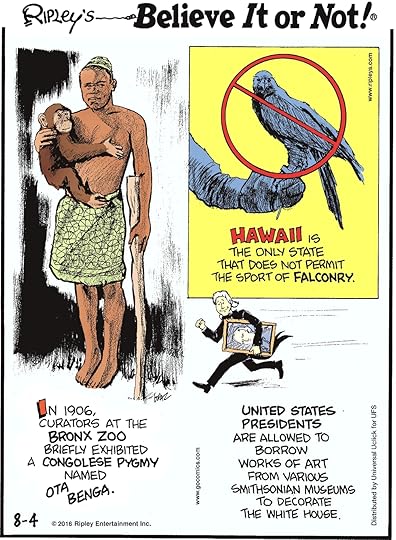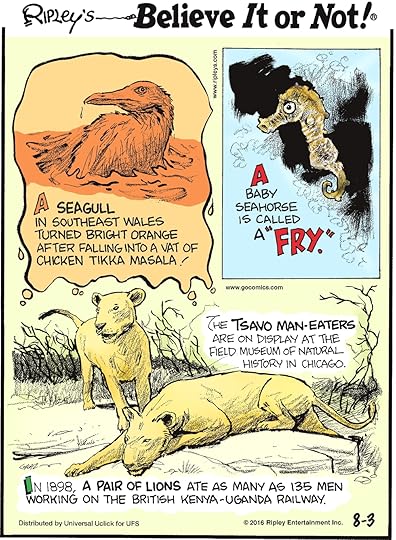Ripley Entertainment Inc.'s Blog, page 465
August 4, 2016
A City in Spain Put in World’s First Ever Public Dog Toilet
Featured in Ripley's Believe It or Not!

The spanish town of El Vendrell introduced the world’s first public dog toilet.
The small town was having a problem with people not picking up after their pets
They instituted a €750 ($834.82) fine for negligent pet owners
They even hired a detective to find out which pet owner wasn’t cleaning up dog poop
Enric Girona invented the metal structures
The structure features a metal grate for a urinal, a water fountain, and a flushable toilet
MINI BION
“BIONs” – short for Believe It or Not – is the word we use at Ripley’s to refer to anything that is unbelievable and worthy to become part of Ripley’s lore and collection.
Source: A City in Spain Put in World’s First Ever Public Dog Toilet
Alice in Wonderland was a Banned Book, But for a Weird Reason
Featured in Ripley's Believe It or Not!

The popular children’s book, Alice in Wonderland, was banned in China and other places because it featured talking animals.
Alice’s Adventures in Wonderland was written by Lewis Carroll in 1865
The book has been banned in multiple countries
The most popular reason organizations ban the book is because of its references to drug use
In China, however, the book was banned because it features talking animals
In 1931, the Governor of the Hunan Province in China said,
Animals should not use human language, and it is disastrous to put animals and human beings on the same level.
Source: Alice in Wonderland was a Banned Book, But for a Weird Reason
Day 82, Thursday 4th August
Featured in Ripley's Believe It or Not!
Good morning from a gently rocking boat 804 nm from Isles of Scilly!
But looking out is not a view like 24 hrs ago: Dense clouds of varying grey, some down to the horizon and probably full of rain. Some lighter streaks. Mackerel terns are there, singing away, and I have slept quite well in spite of some worrying news last night. The gale expected to hit us in 48 hours is a real storm, but at least not large in extent. Last night at 10 pm the boat came to a halt before starting to drift NNE. In the beginning it went back and forth many times as seen by tracks on the chart plotter. We have drifted 12 nm N and 7 nm E since then. If the S wind is part of that low, it must be fairly extensive. If the wind remains southerly, it is heading straight for me. What I hope for is a gradual change to SW and W as signs that it passes N of me. (Wind revolves anti-clockwise around low pressure systems on the northern hemisphere.) That will help me to where I am going, even if I am on SA. If it goes SE and E it is the opposite, also I think the wind is usually stronger on N side…
It’s an opportunity to tidy away anything not necessary on deck and here in the cabin. As much as possible goes below deck. The emergency bucket with flares etc comes in here where I keep the EPIRP (emergency beacon). Survival suit is already my pillow, get a life jacket in addition. Food and water for a couple of days within easy reach. Take off the canvas for the canopy. When it hits: Store and tie the oars I use along the boat, not across as usual. Put out the sea anchor.
But I do not have a prayer-book for sailors!
Source: Day 82, Thursday 4th August
That Time Hernán Cortés Destroyed His Own Ships
Featured in Ripley's Believe It or Not!
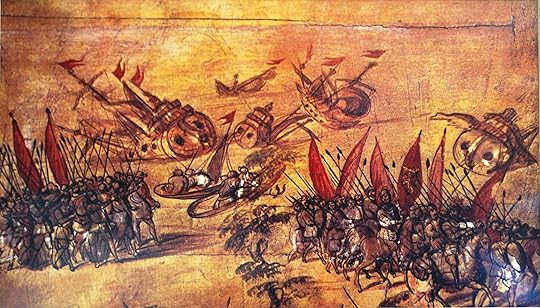
When Spanish explorer Hernán Cortés landed in Mexico in 1519, he sank his own ships to ensure his crew would follow him inland.
In 1518, Cortés was ordered to explore the interior of Mexico
At the last minute, Velázquez changed Cortés’ orders
Cortés ignored his new orders and decided to do what he wanted
This decision was an act of mutiny, and some of his crew weren’t fully in agreement
Worried that his crew might desert him, Cortés scuttled his ships and left the men no choice but to follow him
MINI BION
“BIONs” – short for Believe It or Not – is the word we use at Ripley’s to refer to anything that is unbelievable and worthy to become part of Ripley’s lore and collection.
The Spoor Spider Cooks its Food
Featured in Ripley's Believe It or Not!

The Spoor Spider of the Namib desert in southern Africa kills its ant prey by pinning its body to the hot sand and burning it alive.
The spider makes a blanket of web and sand to hide itself
It sets a line of web to use as a tripwire
When an ant moves over the blanket, the spoor spider strikes
With its body still hidden, the spider uses its front legs to pin the ant to the hot sand and cook it alive
MINI BION
“BIONs” – short for Believe It or Not – is the word we use at Ripley’s to refer to anything that is unbelievable and worthy to become part of Ripley’s lore and collection.
Source: The Spoor Spider Cooks its Food
CARTOON 08-04-2016
August 3, 2016
The Hydraulophone is a Water Flow Instrument
Featured in Ripley's Believe It or Not!
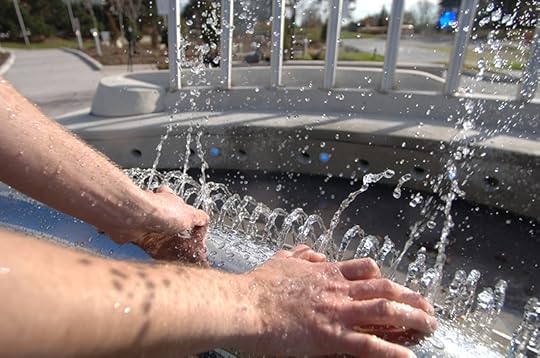
The hydraulophone is the opposite of the pyrophone in that it uses the flow of water instead of fire to make music.
Invented by Canadian researcher Steve Mann
The hydraulophone is played by blocking water from flowing out of one or more of the small holes on its surface
The small holes often have reeds in them like you would find in a wind instrument
When the water is redirected through those reeds, a musical note is played
The hydraulophone is closely related to the flute, or the pipe organ
MINI BION
“BIONs” – short for Believe It or Not – is the word we use at Ripley’s to refer to anything that is unbelievable and worthy to become part of Ripley’s lore and collection.
Four Sports We’d Recommend for the Ripley’s Olympics
Featured in Ripley's Believe It or Not!
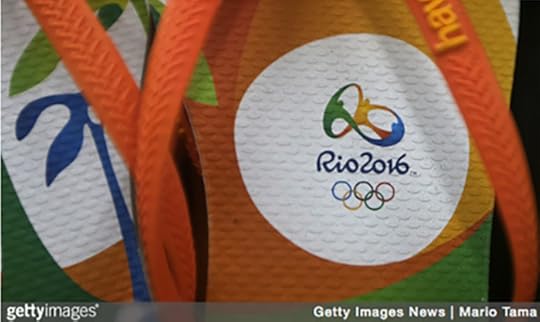
Everyone knows the Summer Olympics are kicking off on August 5th. As a disclaimer, the Summer Games are my favorites! For the next 16 days, my TV will not leave Olympic coverage. There’s basketball, volleyball, swimming, diving, gymnastics, track and field. There are also more out of the way sports like fencing, archery, synchronized swimming, and rowing. But here at Ripley’s, those sports aren’t quite weird enough for us. So we figured we’d make a few suggestions for the 2020 Olympics to give the event a Ripley’s twist. Introducing Ripley’s Olympics!
Cherry-Pit Spitting
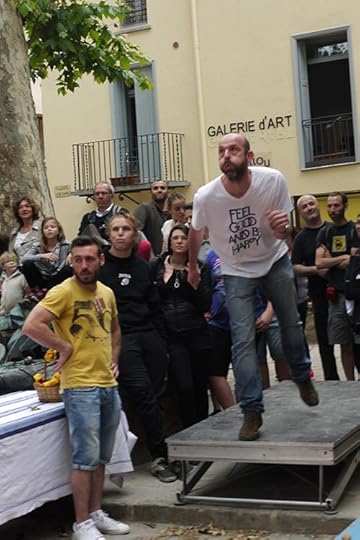
By Fabricio Cardenas via Wikimedia
The qualifications to be considered for the Games is simple: be fun, be entertaining, be weird.
The first competition that should be considered for entry as an Olympic sport is Cherry-Pit Spitting.
Practiced for years, the noble art of Cherry-Pit Spitting is perfect for the Olympiad.
There are already cherry festivals all over the world, so the competition already has an international profile.
Also, cherries are traditionally a summer fruit with harvests beginning in early May and lasting through the summer months depending on the kind of cherry. This means there would be an abundance of cherries available for the Games.
Cherry-pit spitting is also an activity that anyone can participate in. Men, women, and children regularly compete in events around the world. Young people have competed and will continue to compete in the Games before, but Cherry-pit spitting might be the kind of competition where we see the first Elementary-aged medal winner.
Sumo Baby Crying
Another way for young people to be included in the Games would be to introduce the Japanese Baby Crying competition as an Olympic Event.
Granted, this will not give an infant the chance to medal, but it would be an interesting thing to watch for the rest of us.

In the baby crying contest, two sumo wrestlers work to get to different babies crying. The wrestler who makes their baby cry first, loudest, or longest, is deemed the winner.
This sport lends itself to a kind of tournament bracket style of competition with the best sumo wrestler from each country going head-to-head in single-elimination bouts until there’s only one left standing.
There’s a lot of cheering and celebrating during competitions, but this is sure to be the loudest event at the summer Games.
Ferret Legging
Cherry-pit spitting and sumo baby crying might be solid entry points to the Ripley’s Olympics, but the real winners are the next two suggestions.
It wouldn’t be a Ripley’s sporting competition without a little ferret legging.
In a ferret legging competition, people take fanged and clawed ferrets and put them in their pants. The trick is to remain calm and still while the little critter runs and climbs, scratches and bites around your legs and more sensitive parts.
Participants are not permitted to wear underwear, and the person who lasts the longest is deemed the champion. The record so far is five hours, but on an Olympic stage, I’m sure that could be bested.
Ferret legging would be the perfect event to put on during the late night hours when networks need a long event to air to hold them over until morning.
Toe Wrestling
Another Ripley’s favorite is toe wrestling.
Greco-Roman Wrestling is a long time staple of the Olympic Games. But singlets will have to move aside for toe-jam when this sport takes off.
In toe-wrestling, two players lock toes and then try to pin each other’s foot to the side wall. There are three rounds per bout, and the winner of the best two out of three rounds is declared the winner.
Proponents of toe-wrestling have already tried to get it included as an Olympic event, but maybe now with Ripley’s backing it, we can get a little more traction.
The International Olympic Committee considers new sports each year. These four are our suggestions for the next Games, so get on it, IOC.
Source: Four Sports We’d Recommend for the Ripley’s Olympics
CARTOON 08-03-2016
August 2, 2016
Gas Bubbles are Forming in the Ground in the Siberian Tundra
Featured in Ripley's Believe It or Not!
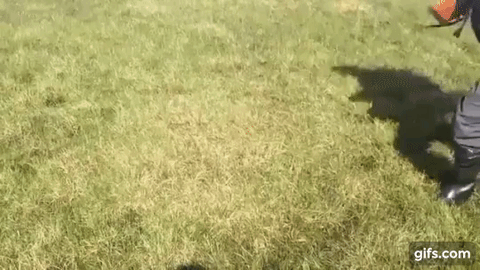
If you were walking along the Siberian tundra and stepped on a patch of normal looking grass but the grass bounced, how would you react? Some science types would be interested in getting to the bottom of the problem. Others would see the phenomenon and run in the other direction; the ground isn’t supposed to do that.
But this might be par for the course in Siberia. The area is already home to weird craters and a chasm that could inspire nightmares. Now we can add inflated grass to the list and move on.
Siberian Tundra
The area is typically covered in a layer of permafrost. But as the climate continues to warm, conditions are changing.
 Researchers Alexander Sokolov and Dorothee Ehrich were taking a walk looking at some of these changes when they noticed the gas bubbles. That’s bubbles plural because they found 15 of them in total.
Researchers Alexander Sokolov and Dorothee Ehrich were taking a walk looking at some of these changes when they noticed the gas bubbles. That’s bubbles plural because they found 15 of them in total.
The bubbles were discovered on Siberia’s remote Belyy Island. After stepping on the odd patches, the researchers did what any sensible person would and popped the bubbles. They found high levels of methane and carbon dioxide trapped in the ground.
It’s still unclear just how the gas was released, but the common theory is that an unusual heat wave caused permafrost to thaw quickly. This might have allowed trapped gasses to escape only to be caught under the grass surface.
The problem here is that methane is a strong greenhouse gas. Siberian scientists believe that the levels of methane and carbon in the air are to blame for the permafrost melting quickly. But the result of the fast defrost is that it released more methane and carbon into the air. So you can see how Siberia might find itself trapped in a vicious cycle.
It wouldn’t be the first time methane was the cause of Siberia’s problems. Geologists have claimed that massive sinkholes and craters were formed when previously frozen tundras began to rapidly melt.
Now the only question is what new troubles and anomalies might spring up in Siberia due to climate change?
Source: Gas Bubbles are Forming in the Ground in the Siberian Tundra
Ripley Entertainment Inc.'s Blog
- Ripley Entertainment Inc.'s profile
- 52 followers


